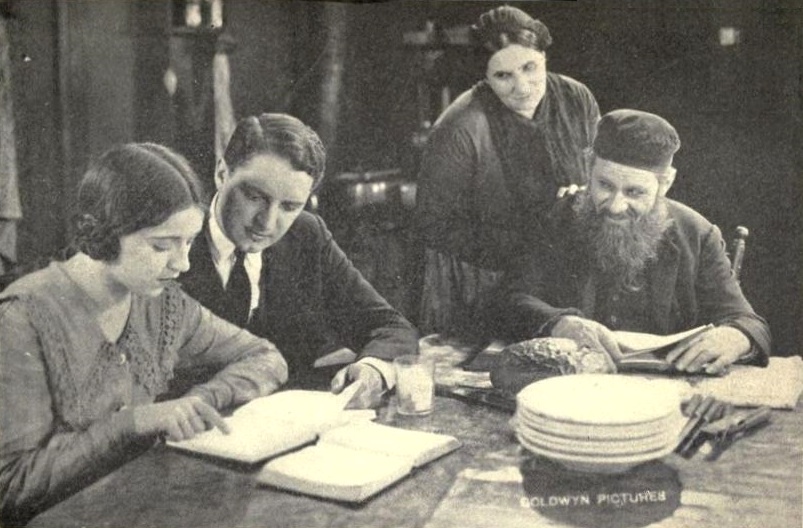Sixteenth-century icon depicting Emerentia, Saint Anne, the Virgin Mary, and the infant Jesus Christ. Held at the Metropolitan Museum of Art. Public domain, Wikimedia Commons.
“Saint who?” I asked. “Eh-meh-ren-tsya,” Olga Tokarczuk repeated. Saint Anne’s mother. I was nonplussed. The mother of the mother of the Virgin Mary? Tokarczuk blew out cigarette smoke at high speed, then inhaled with excitement and impatience. I needed a lesson.
We were midway through a nine-hour-long exchange about her life and writing, the edited version of which you can read in the Review’s Spring issue. Throughout our conversation, I often felt that, like her books, Tokarczuk’s speech requires footnotes and annotations.
Tokarczuk researches her short stories and novels with academic intensity. She digs up forgotten, esoteric myths and legends and shows how this esoterica is woven into the warp and woof of European culture. Beneath a Europe of rational, religious, racial, and ethnic dogmatisms, she unveils a continent rife with ethnically and linguistically syncretic visionaries, mystics, and half-pagan storytellers. There is a hopefulness to these counterhistories that puts its faith in humanity’s capacity for creativity and imagination—in the loosening and intermingling of top-down stereotypes and norms by collective acts of retelling and elaboration. Emerentia, Tokarczuk explained to me, was one such esoteric discovery that she wove into her latest novel, Empuzjon, which has yet to appear in English.
I was raised a devout Catholic, and in my early teens I kept a book of saints by my bedside, arranged in the pages from January to December following the order of their feast days. Each evening, I would read the day’s entry before going to bed, committing the saints’ names to memory. Saint Scholastica, after whom the family elders named one of my great-aunts, was Saint Benedict’s sister. Saint Perpetua, the ancient Roman martyr tortured by Septimus Severus’s henchmen in the Colosseum; Saint Audifax, a Persian protector of early Christian converts about whom so little is known that he was taken off the official roster of holy days shortly after the publication of my hagiographic compendium. And yet I’d never heard of the saint who Poles call Emerencja, and English speakers Emerentia—a figure as important as the great-grandmother of Jesus himself.
Copyright
© The Paris Review










